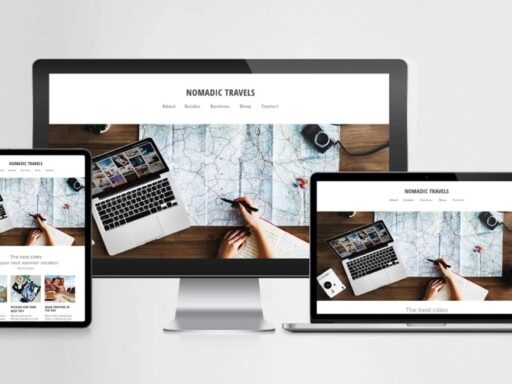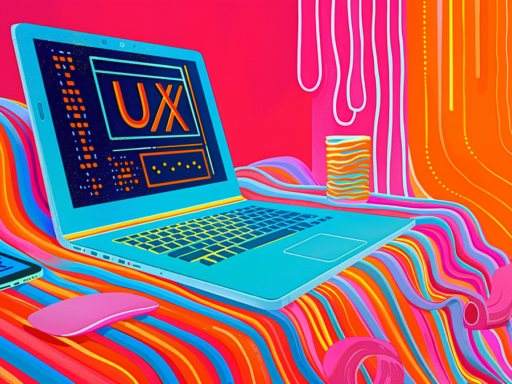Minimalism has become a dominant trend in modern graphic design, capturing the essence of simplicity and functionality. This approach strips away the non-essential, focusing instead on what truly matters. But why has minimalism gained such prominence, and how does it affect contemporary design?
The Roots of Minimalism
Minimalism isn’t just a passing trend; it’s a design philosophy with deep roots. Emerging in the 1960s as a reaction against the excesses of previous design movements, minimalism sought to return to basics, emphasizing clean lines, simplicity, and functionality. The movement was influenced by modernist design principles and has been championed by influential figures like Dieter Rams, whose principles of “less, but better” have become a cornerstone of minimalist design.
The Minimalist Aesthetic
At its core, minimalist design is about reducing visual clutter and focusing on the essentials. This means:
- Simplicity in Elements: Using fewer design elements to create a clear and straightforward message.
- Clean Typography: Opting for simple, legible typefaces that enhance readability without overwhelming the viewer.
- Effective Use of Negative Space: Utilizing empty space to draw attention to key elements and improve overall design balance.
Impact on Branding and Identity
In branding, minimalism has proven highly effective. Major brands like Apple, Nike, and Google have embraced minimalist logos and visual identities, resulting in designs that are not only timeless but also versatile. Minimalist logos are easily recognizable, scalable, and adaptable across various platforms, making them ideal for today’s multi-device world.
User Experience and Functionality
Minimalism enhances user experience by reducing cognitive load. When a design is stripped of unnecessary elements, users can more easily navigate and interact with it. This is particularly relevant in web and app design, where clear, intuitive interfaces are crucial for user engagement and satisfaction.
The Future of Minimalism
As digital media continues to evolve, minimalism will likely adapt to new technologies and platforms. The focus on simplicity and functionality will remain a driving force in design, but how minimalism will integrate with emerging trends like augmented reality and AI remains an exciting question.
In summary, minimalism in modern graphic design is more than just an aesthetic choice—it’s a philosophy that prioritizes clarity, functionality, and effective communication. Its impact on branding, user experience, and overall design will continue to shape the industry for years to come.







